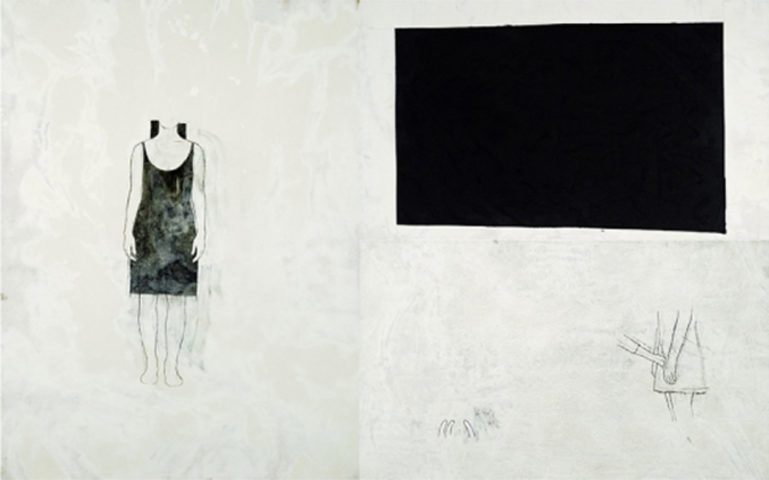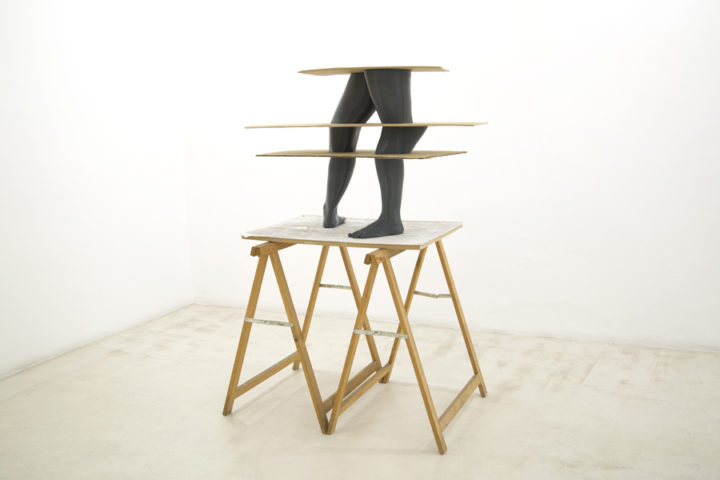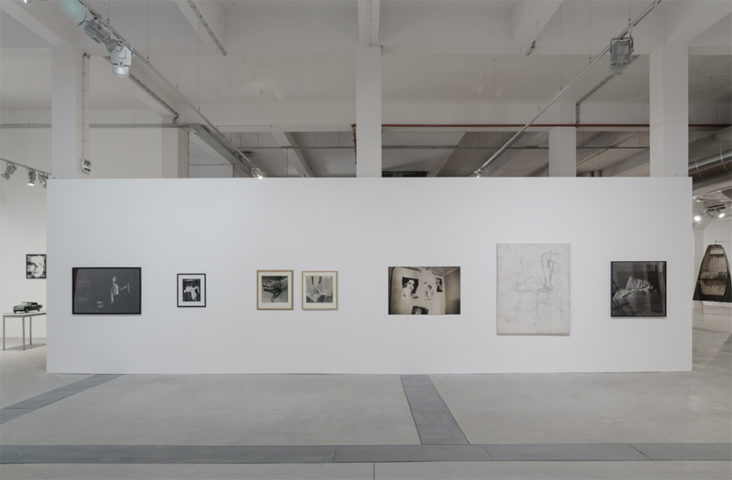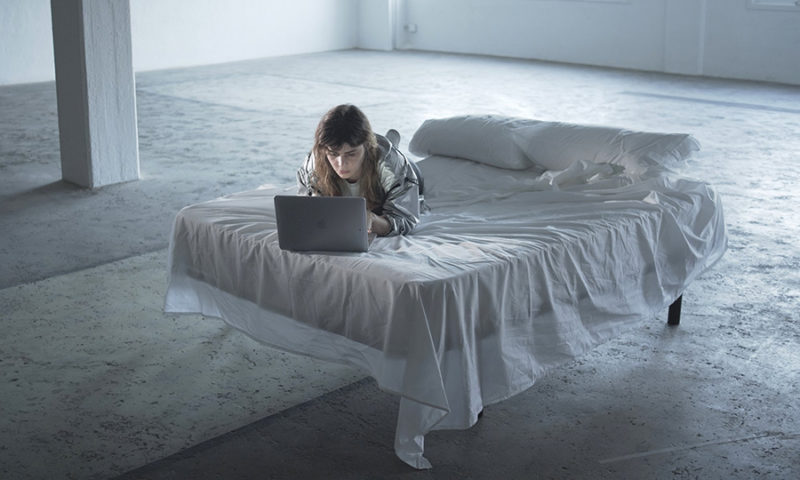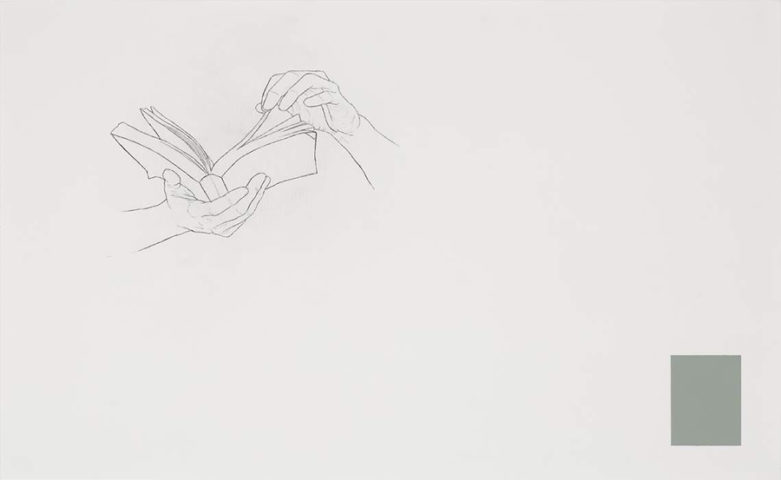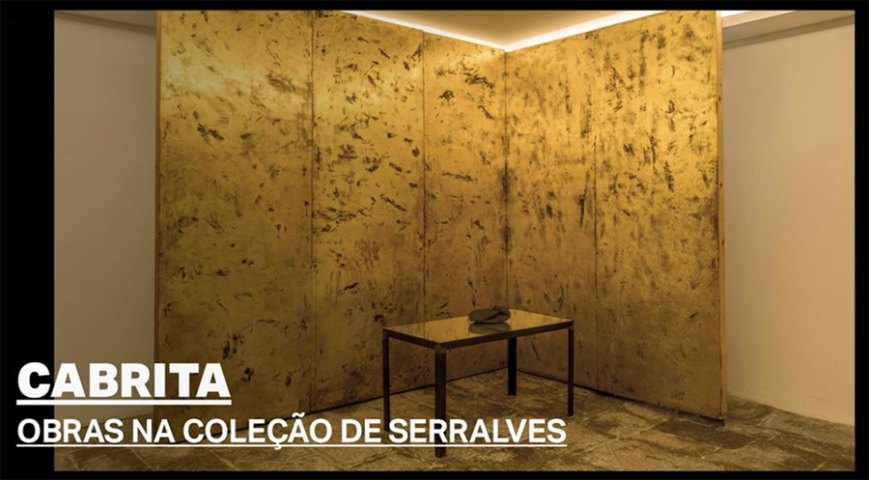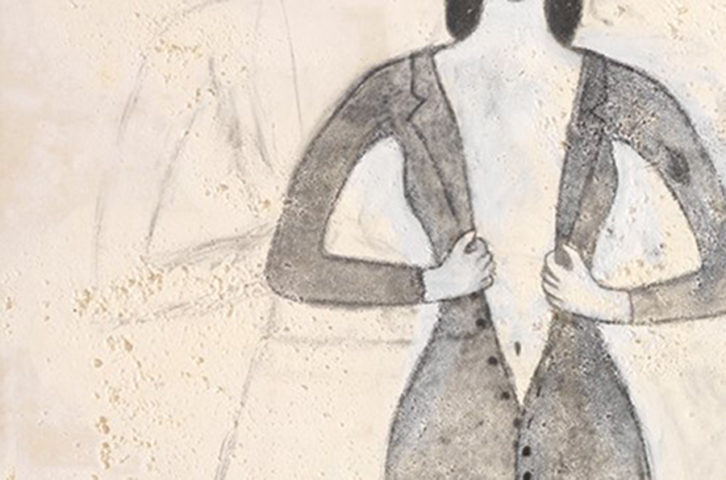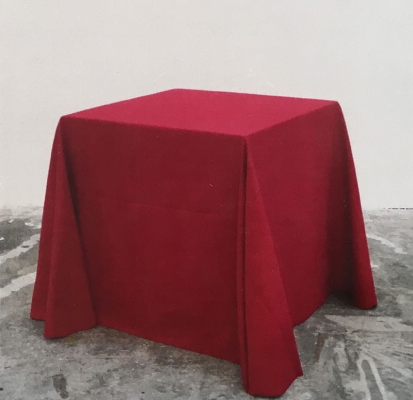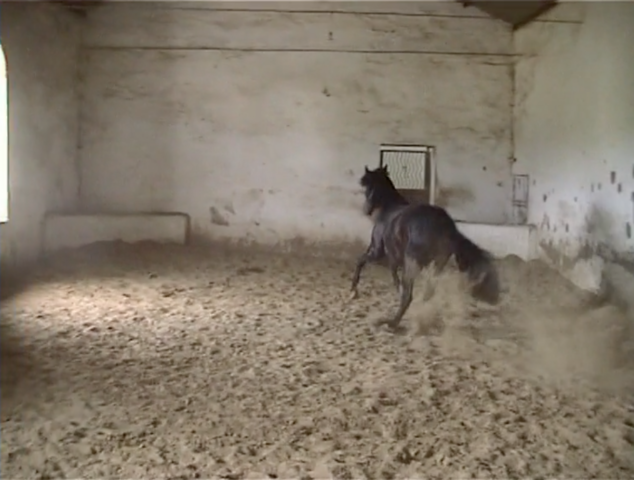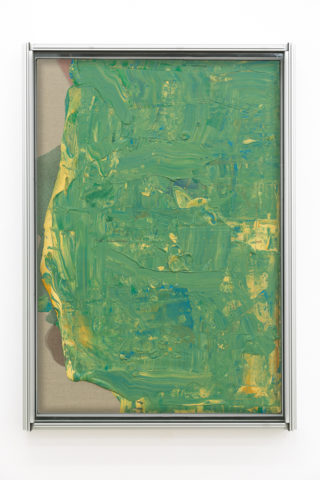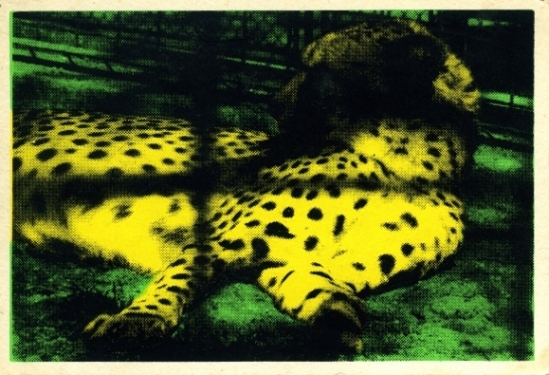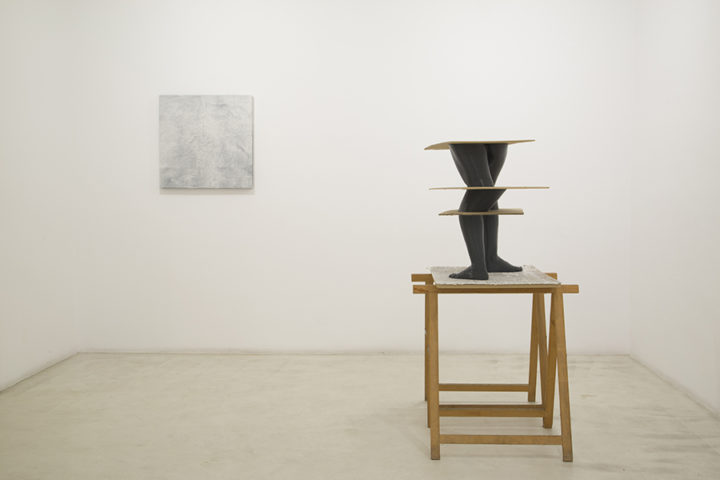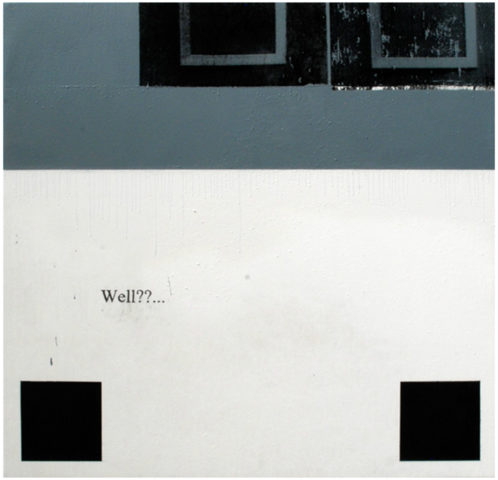Abstracto, Branco, Tóxico e Volátil.
Julião Sarmento
Museu Coleção Berardo, Lisbon, Portugal
Opening 11.05.2022
The Museu Coleção Berardo have the pleasure of opening Julião Sarmento’s exhibition Abstracto, Branco, Tóxico e Volátil, on Wednesday, 11 May, from 5 to 9 p.m., with free admission.
The exhibition Abstracto, Branco, Tóxico e Volátil brings together a very significant selection of works which is the result of a close collaboration between the artist and the curator Catherine David.
Julião Sarmento (1948–2021) was one of the most internationally recognised Portuguese artists, having developed an artistic career that was immensely coherent, rich, and intense. Constantly renewing himself, closely connected with the artistic practices of his time, and strongly influenced by the culture of English-speaking countries and the themes and images of literature and film, he employed a diverse range of methods and techniques to establish a concise vocabulary of ambiguous images. His work has a performative and theatrical dimension, which accumulates through the constant evocation of timeless themes and representations—such as the woman, sexuality, transgression, memory, duality, home, the word—which operate as structural axes of his work.
